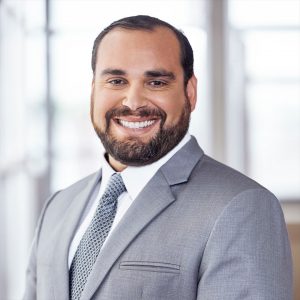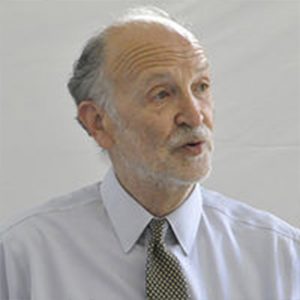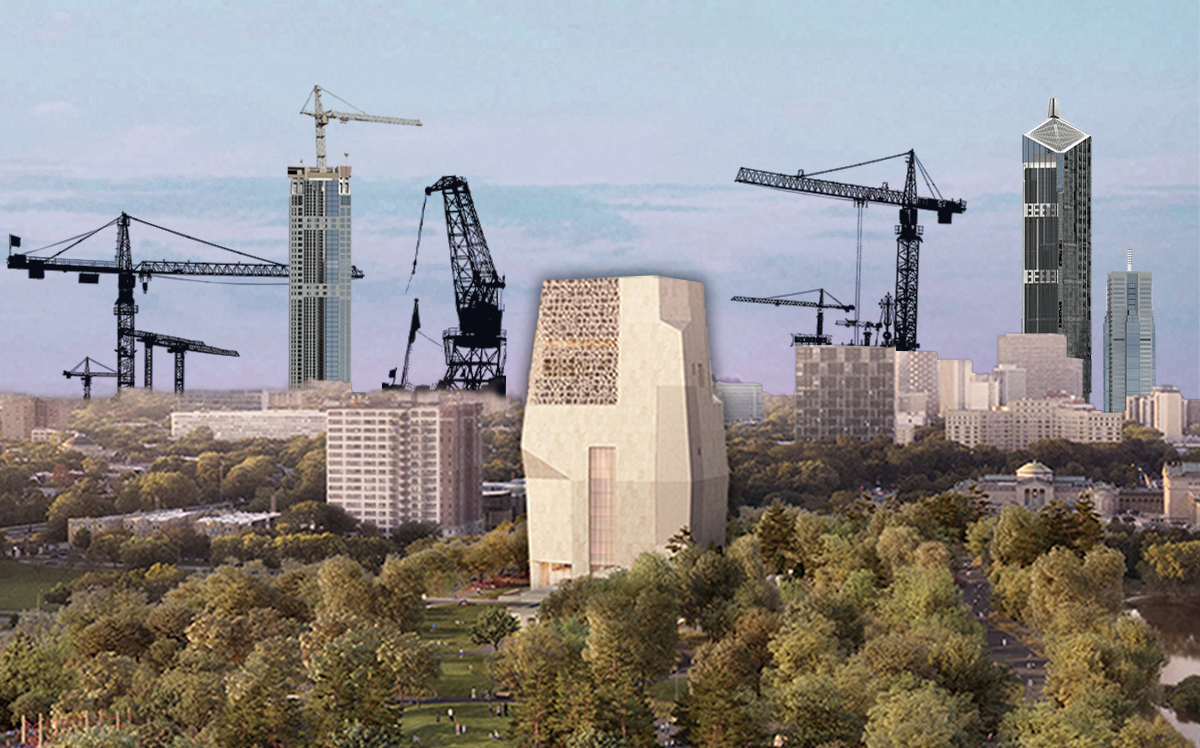The $500 million Obama Presidential Center isn’t shovel-ready, but plans for the massive project on the South Side have already attracted a new set of real estate investors from across the country.
Over the past year, multifamily broker Brian Mond said his firm has advised on about a dozen property sales in the area involving out-of-state buyers who were in part drawn to the area by the Obama Center construction. Mond, of Essex Realty Group, attributes the interest to the promise of the 19-acre presidential center, saying investors are betting on the project to help lure renters to Woodlawn and the surrounding neighborhoods.
Multifamily investors have come from New York, California, Colorado and New Jersey, Mond said, in addition to Chicago. The Obama Center and its four-building complex — which will rise inside the 500-acre Jackson Park — can carry “a whole new wave of investors into the market,” he said.

Essex Realty Group’s Brian Mond
Over the last two years, the South Side has gotten the attention of developers seeking higher returns and lower investment, according to industry pros. Development is on the rise, though still “very, very contained and very minor,” said Eiran Feldman of First InSite Realty, which owns and manages 500 South Side apartment units. So far, that investment has caused only a small uptick in prices within a roughly 1-mile radius of the future Obama Center, he said.
“The South Side still presents that opportunity for knowledgeable, savvy investors, so we’re seeing a lot of attention and we’re seeing a lot more activity, not just on distressed properties but also on stabilized properties,” said Feldman, who also leads South Side Community Investors Association.
Brokers and investors who work — and in some cases live — on the South Side see the Obama Center as a long-term boost the local real estate market.
“I’m hoping that those buildings become revalued and appreciated again,” Mond said. He added, “ the investment is going to be there. The people that are buying apartment buildings are chasing yield and they’re finding it in these markets, so I think that’s going to continue going forward.”
Gentrification acceleration
But the emergence of the Obama Center has also drawn criticism. Its potential to increase rent prices in the area has some local advocacy groups accusing the development of accelerating the gentrification of what has been an affordable area for residents.
The Obama Foundation — which is spearheading the project — said in a statement that, “we want our neighbors who have called this community home for decades to be able to continue to live on the South Side as long as they wish.”
The latest design for the presidential center calls for a 235-foot-tall museum tower with a textured stone facade that will likely be made of American granite. The project will include an auditorium, a small public library branch, 2-acre children’s play area and a 1-acre “wetland walk.”
Despite the former president and first lady’s popularity in the city, the center faced a lawsuit from a local advocacy group, Protect Our Parks, which challenged the legality of the location. A federal judge ruled in June that the city could approve the Obama Foundation’s plan to build the center on public land. Construction is expected to begin in the coming months, after a federal review of the center’s impact on the historic area.
Former President Obama and Michelle Obama explained their decision to locate the center in Jackson Park during the recent Obama Foundation Summit at Illinois Institute of Technology. The Obamas said they chose the site because it is in their “backyard” — Michelle Obama grew up on the South Side and the couple also lived there — and they want to create economic and employment opportunities for residents.
High-profile projects such as the Obama Center — as well as a Tiger Woods-backed plan to merge the Jackson Park and South Shore golf courses — tend to heighten concerns of gentrification, especially in areas that have seen decades of disinvestment.

First InSite Realty’s Eiran Feldman
But industry pros say displacement is somewhat inevitable with big investments and these projects aren’t the only factors increasing interest in the South Side.
“I think residents have seen what’s happened with other large projects like the 606 [trail] and they’ve seen that the market has responded to those large public investment projects, so I think that’s one factor that’s raising concerns among residents,” said Geoff Smith, executive director of the Institute for Housing Studies at DePaul University. “I think that there’s a longstanding concern that these types of big investments aren’t really intended to benefit the residents of the neighborhood, so there’s a bit of mistrust in the goal of the city or the investors.”
In an August study, the University of Illinois at Chicago found residents could be priced out of the 2-mile radius around the Obama Center. The reasons include rising rents in new and renovated apartments, increasing home values and high eviction rates. “Even though the Obama Center construction has not started, real estate interest and investment has already begun to take the area into a new direction,” the report said.
Local advocates called for a community benefits agreement to freeze property taxes in the area and require 30 percent affordable housing on new developments. About 30 aldermen have signed on to such an ordinance, but it has not had a hearing in City Council, according to Crain’s. Mayor Lori Lightfoot has said her administration won’t “sit back passively and just be the facilitator and the conduit by which city approvals and licensing and so forth gets approved,” the Chicago Tribune reported.
Despite the opposition, Alderman Leslie Hairston, whose district includes the Obama Center, has said the majority of local residents support the project.
Rising property values
Though its impact on the South Side could be significant, the Obama Center isn’t the only factor drawing residents and investors who are contributing to the area’s changing real estate landscape.
The University of Chicago’s southward expansion from nearby Hyde Park — including plans for a high-rise dorm complex with about 1,300 beds in Woodlawn — is also causing a spillover as it drives more students and employees to the area.
“Rents going up in Hyde Park and demand for housing in Hyde Park has probably affected Jackson Park more dramatically in the last couple years,” said Feldman of First InSite Realty. “And if you throw in the Obama library, it’s an added element, it’s not the driving factor there.”

Andy Schcolnik, investor and Southside Builders Association president
Property values in Woodlawn started rising well before the Obama Center’s site was announced in 2016. Southside Builders Association President and local investor Andy Schcolnik estimates the neighborhood has been appreciating steadily since the economic downturn around 2010 or 2011.
Since 2012, around the time the housing market started to rebound after the Great Recession, the median sales price of residential buildings in Woodlawn have increased substantially, but are still relatively low compared to the citywide average. The median sales price for a two- to four-unit building in Woodlawn increased from $38,500 in 2012 to $150,000 in 2018, compared to $135,000 in 2012 and $240,000 in 2018 across Chicago, according to a DePaul University study.
Within a 2-mile radius of the future Obama Center is an estimated 214 acres of vacant parcels zoned for residential development, mostly for low-density single family and two flats or high-density multifamily buildings, according to the University of Illinois at Chicago study. Chicago and the Cook County Land Bank each own several hundred parcels and properties in the area, presenting an opportunity for mixed-income and affordable housing developments, the report said.
For years, Schcolnik has purchased buildings in the area, fixed them up and helped residents set up shop, including hair salons, cafes and small food operations. In his experience, small entrepreneurs need help with money to get started and once they’re established, they have a good chance of surviving.
Schcolnik said he is hopeful the center will bring sustained investment to the area. As more services are required by the center, it will put more residents in business, he said.
“I think the potential is there,” he said. “I think there are a lot of African-American entrepreneurs that just don’t have the cash to start businesses but have the knowhow, have the willingness, have the hard work and the ethics.”
